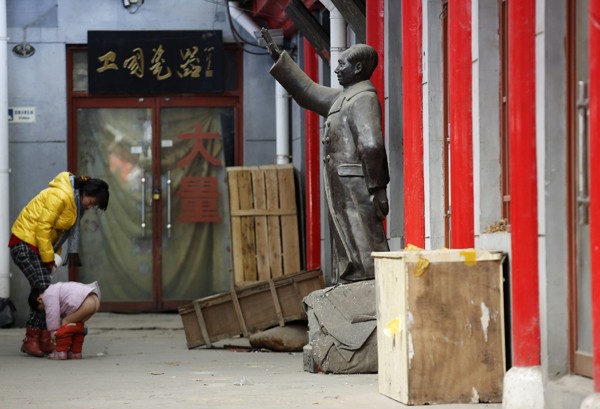Apart from the many injustices that women experience in the workplace and in life, a new report claims that they also feel restricted and discriminated when it comes to public toilets.
A National People's Congress (NPC) deputy and a Chinese People's Political Consultative Conference (CPPCC) member proposed establishing more female public toilets so as to meet the toilet needs of women.
Yingtso, a female deputy working at the Garze Tibetan Autonomous Prefecture in southwest China's Sichuan Province, surveyed public toilets in Beijing, Shanghai, south China's Hong Kong Special Administrative Region and southeast China's Taiwan, the United States, Japan and other developed countries and found that Chinese women do not enjoy adequate toilet facilities.
Based on the survey, men's public toilets are more well-built. Women also have to wait longer in lines in public toilets than men, which has serious health repercussions.
Yingtso wants the government to step on this seemingly trivial problem, but in reality, is significant.
"Public toilets are indispensable infrastructure in people's life. The government should include public toilets into its urbanization plan, build public toilets in places where there used to be none, and adjust the proportion of male and female public toilets to meet women's practical needs," she said.
"Places, such as Beijing and Shanghai, have adjusted the proportion of male and female public toilets from 1:1 to 1:1.5," said Yingtso.
"The new proportion is basically rational, but the old proportion still exists in and below medium-sized cities in China," she explained.
The problem is highlighted more in Tibetan-inhabited areas, where there are scare toilets because they used to be mostly agricultural and pastoral areas.
"Since the implementation of the Reform and Opening-up Policy (1978), more and more people would like to travel in Tibetan-inhabited areas, bringing the shortage of public toilets into the limelight, especially the long queues outside ladies' rooms," added Yingtso.
The deputy wants to specifically see the government adding ladies rooms in Tibetan-inhabited areas, especially in light of urbanization.



























